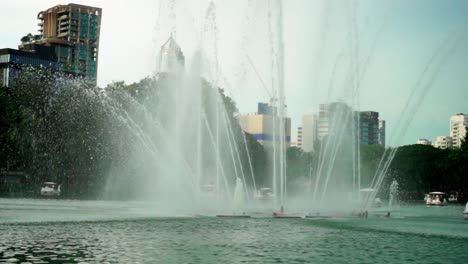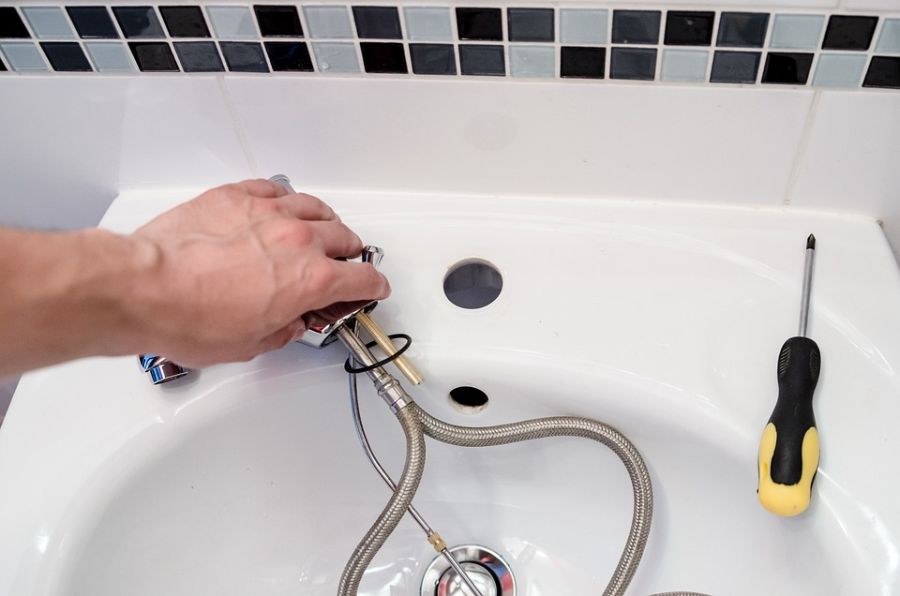Your pond looked perfect last spring. Now it’s a green mess that smells terrible whenever the wind shifts. Sound familiar?
Most pond owners discover floating pond fountains after they’ve already dealt with significant water quality problems. The thing is, these systems work best when you install them before issues start. But even if you’re already fighting algae blooms or fish kills, it’s not too late.
What Really Happens in Still Water
When water stops moving, bad things happen fast. Oxygen gets used up by decomposing organic matter at the bottom. Fish waste and fallen leaves create a toxic soup that gets worse every day.
The scary part? You might not notice until the fish start dying. By then, the damage costs serious money to fix. I’ve seen pond owners spend thousands trying to reverse what could have been prevented.
Temperature layers form in deeper ponds. Hot water sits on top while cold, oxygen-starved water lurks below. Fish get stuck in zones that can barely support life. This thermal stratification kills more fish than most people realize.
Breaking the Death Cycle
Water movement changes the entire equation. Every droplet that gets sprayed into the air picks up oxygen before splashing back down. Simple physics, but it works.
The process runs 24 hours a day. While you sleep, the floating fountain keeps oxygen levels stable. Summer heat waves that usually trigger fish kills become manageable problems instead of disasters.
Circulation prevents those deadly temperature layers, too. Mixed water stays at temperatures fish can handle. No more hot zones on top and dead zones below.
Fighting Algae Before It Takes Over
Algae love still water more than anything else. Give it stagnant conditions and warm temperatures, and you’ll have a bloom within days. Those blooms block sunlight and create even worse problems when they die off.
Moving water disrupts algae colonies before they establish. The constant agitation makes it harder for them to form those thick mats you see in neglected ponds. Think of it like stirring soup so it doesn’t stick to the bottom.
Beneficial bacteria thrive in oxygenated water. These microscopic helpers actually compete with algae for nutrients. More good bacteria means less food available for algae growth.
Winter Protection You Didn’t Know You Needed
Many people shut off fountains when temperatures drop. Big mistake. Winter brings different dangers, and water still makes things worse.
Complete ice coverage traps toxic gases under the surface. Fish suffocate slowly in water that looks fine from above. Running fountains prevent solid ice formation and maintain crucial gas exchange openings.
The fountain doesn’t need to run at full power. Even reduced operation keeps small areas ice-free. Fish survive cold temperatures just fine if they can access oxygen.
Note that except for Scott fountains, floating fountains need to be removed during icy winters to prevent damage to the pump and float.
Getting the Coverage Right
One fountain won’t fix every pond. Size matters, but so does depth and shape. Shallow ponds need different approaches than deep ones.
Most fountains effectively aerate about one acre of surface area. Bigger ponds need multiple units or additional bottom aeration. Don’t guess at this part because inadequate coverage wastes money, and fish still die.
Corner placement often creates dead spots where water barely moves. Center installation usually works better for overall circulation.
Floating pond fountains prevent the expensive disasters that destroy pond ecosystems. Clean, moving water supports natural balance year-round instead of requiring constant crisis management.
Featured Image Source: https://videocdn.cdnpk.net/videos/8e0b4b75-ba31-4d1b-893e-aaded3095cb0/horizontal/thumbnails/small.jpg






